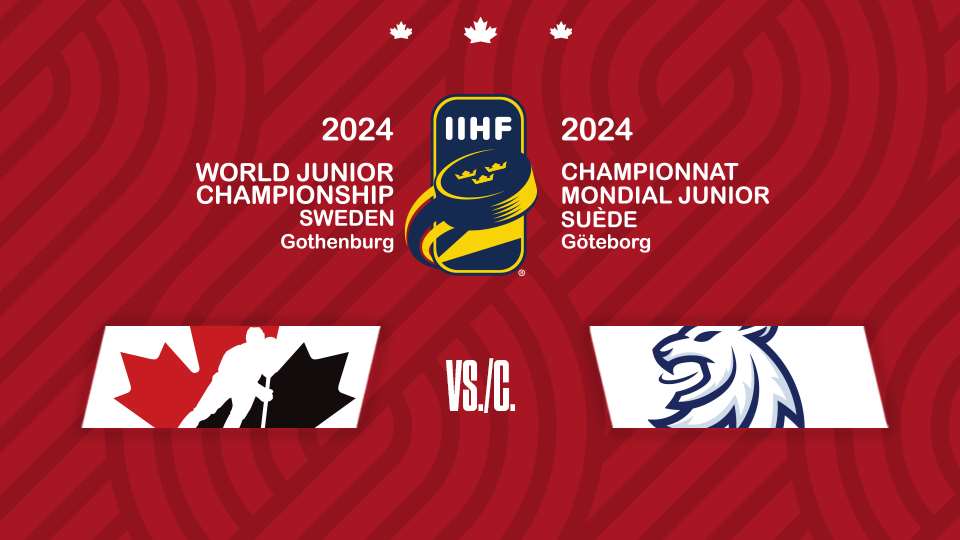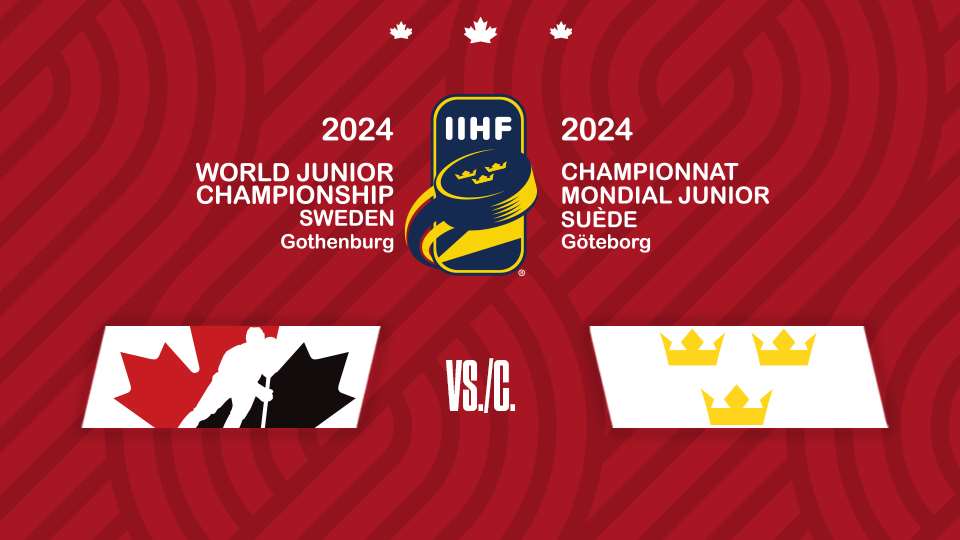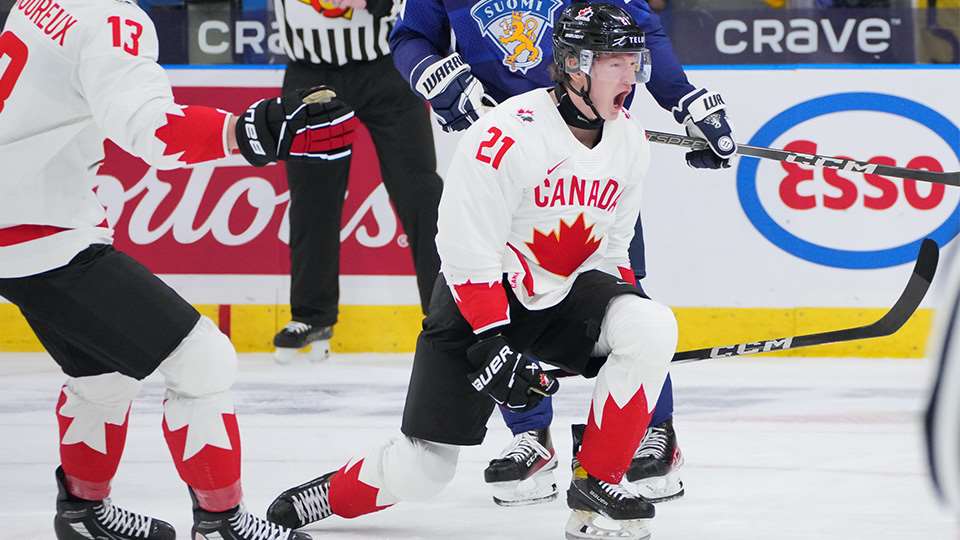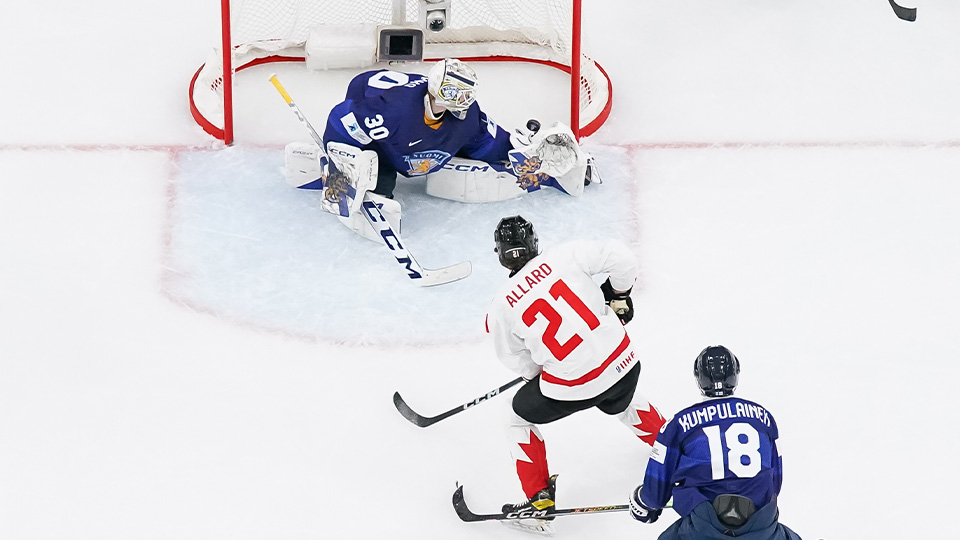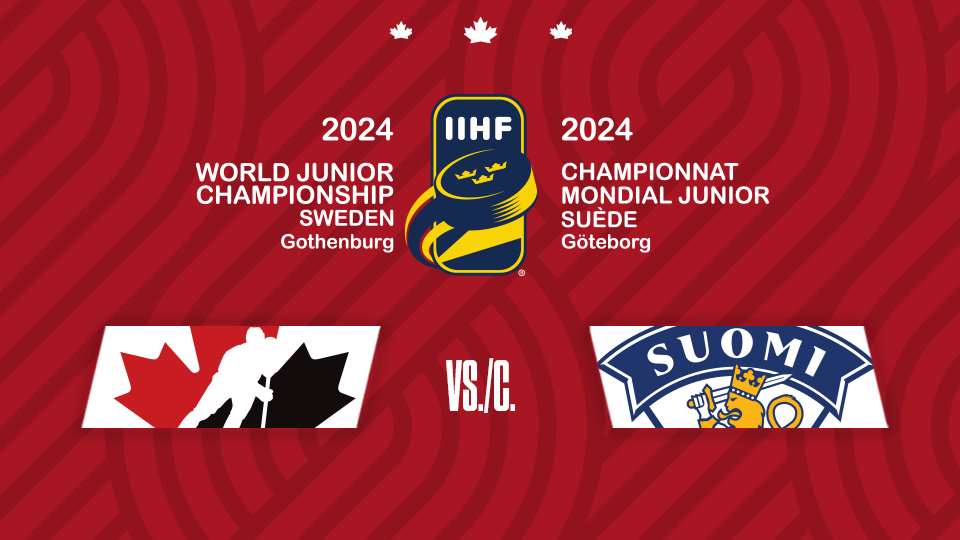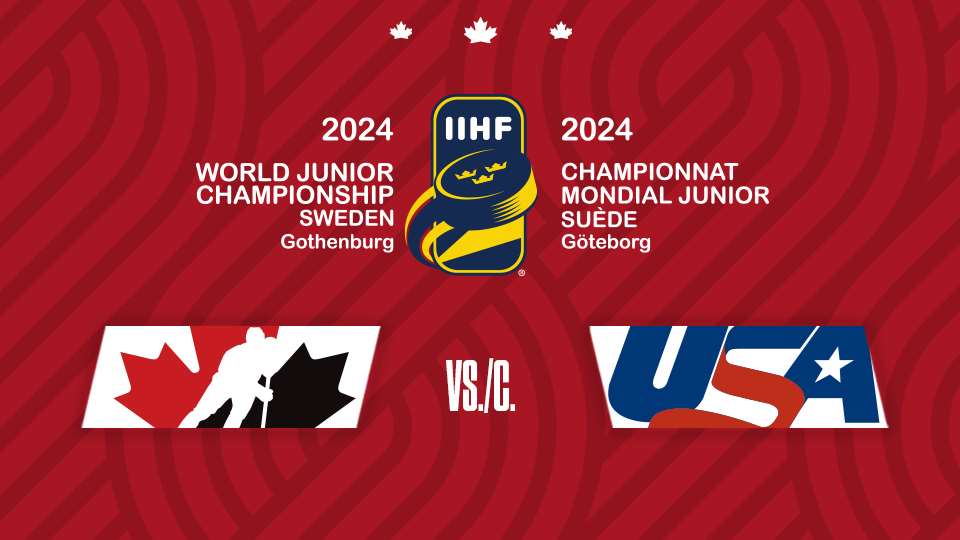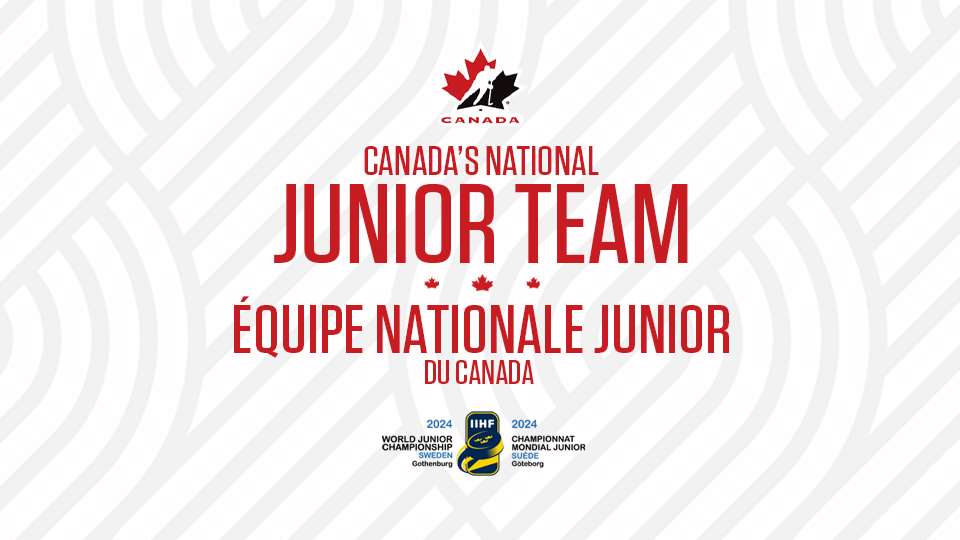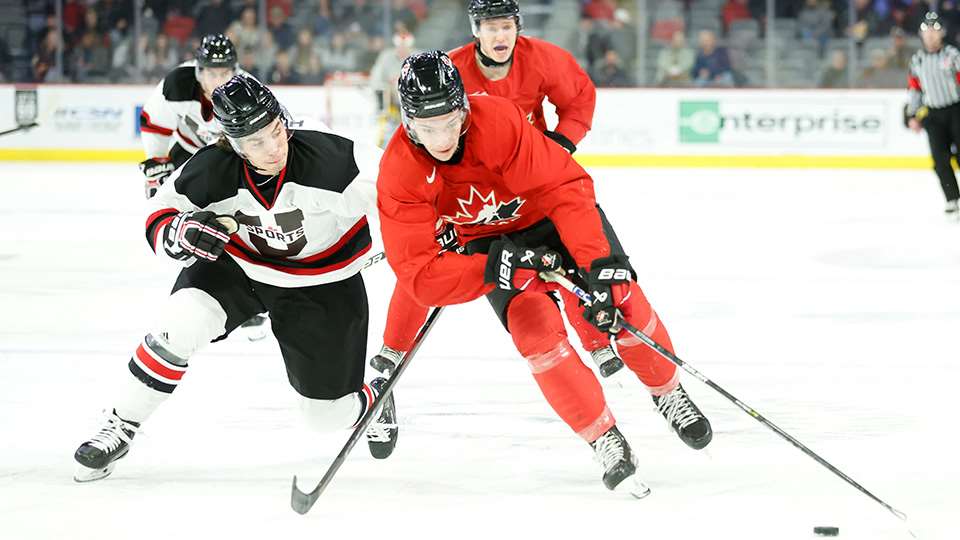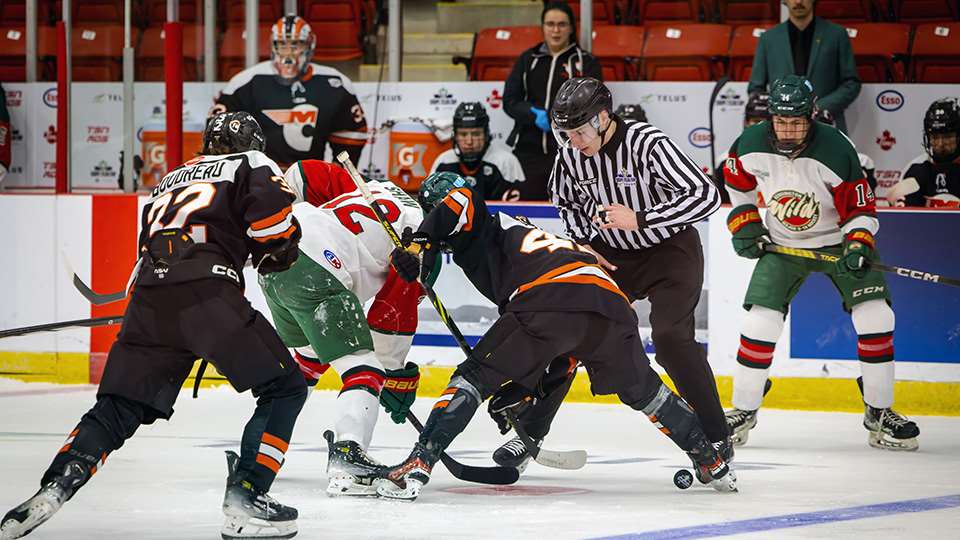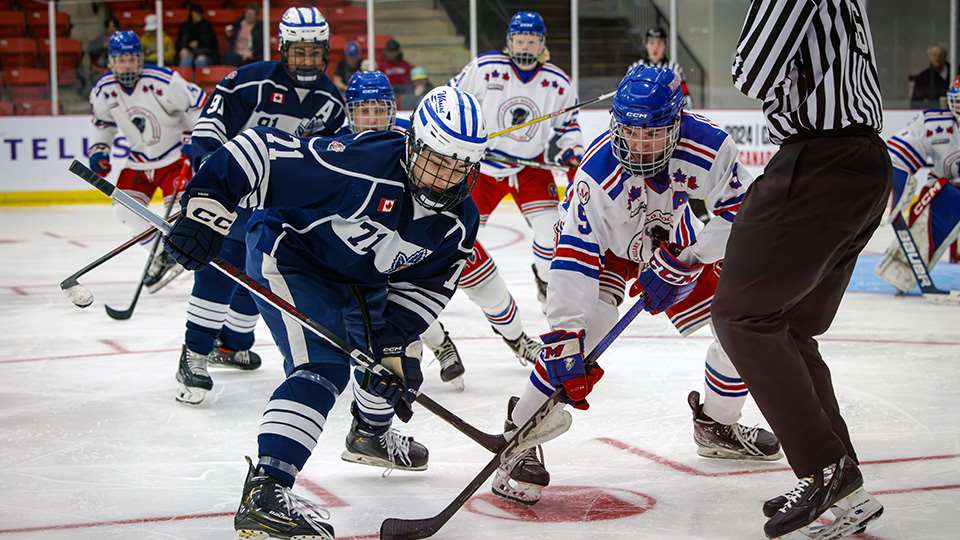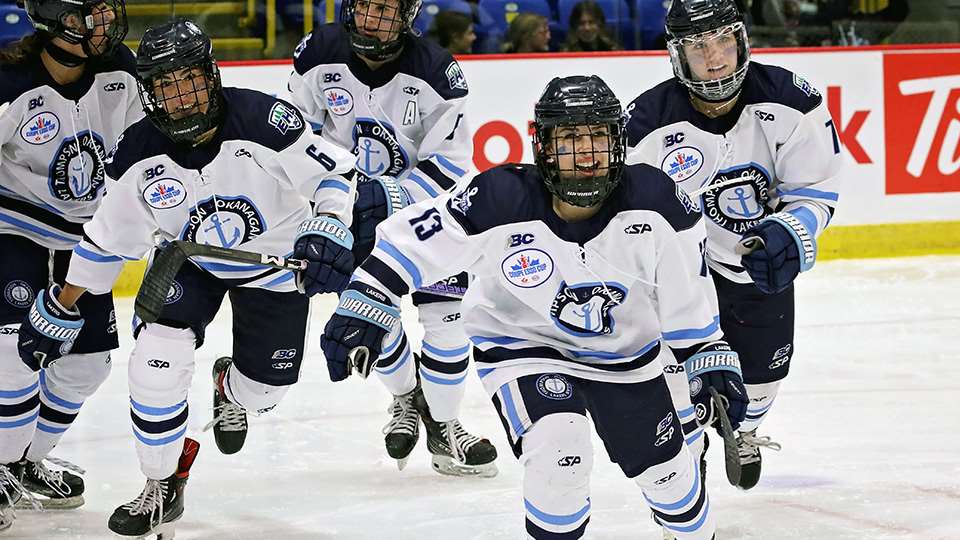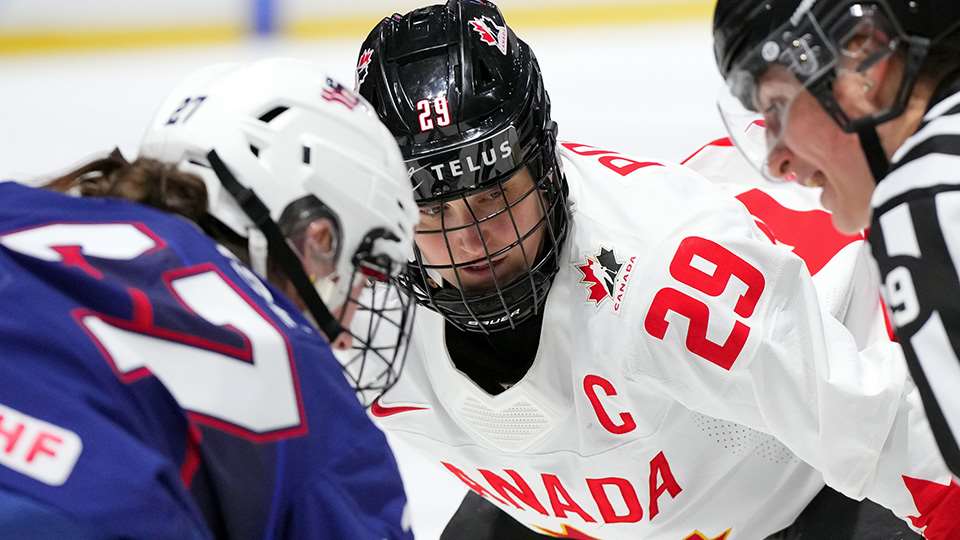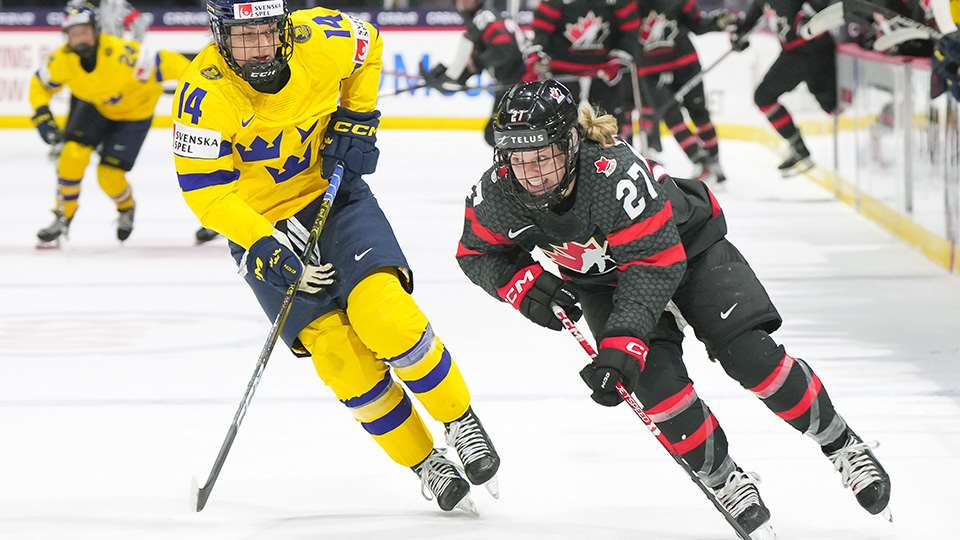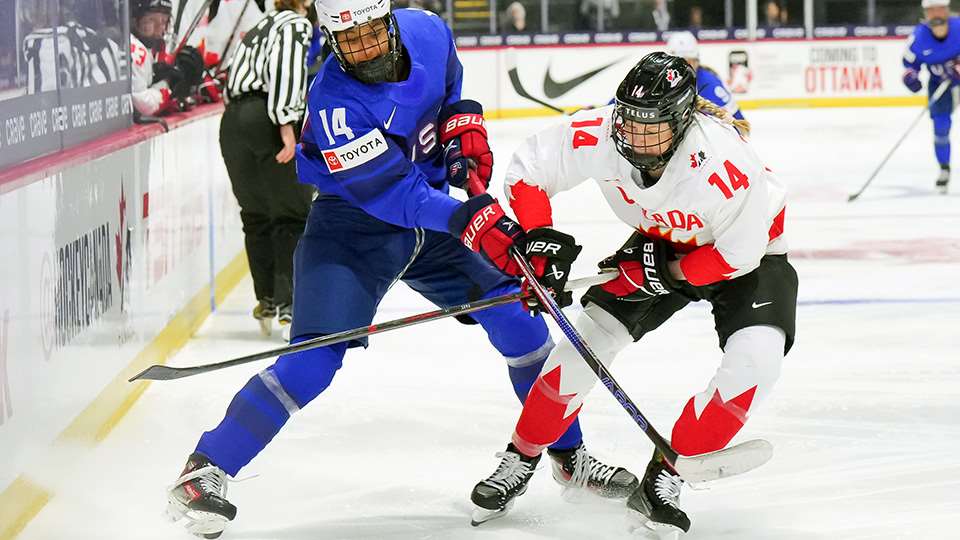
To Expand or to Contract The WJC? That is The Question

Should the International Ice Hockey Federation expand the number of teams that participate in the annual World Junior Championship to keep growing the game worldwide, or should it reduce that number to provide hockey fans with more competitive games on a nightly basis?
This was the question we put to two HockeyCanada.ca correspondents, Greg Alexis and Dhiren Mahiban. Check out their head-to-head debate and draw your own conclusions on this always-stimulating issue.
Keep in mind that there are no current plans to change the 10-team format of the competition, and that the opinions expressed below do not necessarily reflect the views of Hockey Canada, the International Ice Hockey Federation, or the organizing committee of the 2006 IIHF World Junior Championship.
LET’S DELVE INTO TWELVE
By Greg Alexis
In 1996, the IIHF increased the number of teams in the World Junior Championships from eight to 10. That number has remained constant for the past ten years but now I believe it’s time to expand the championship to 12 teams.
First, if more so-called lower-echelon teams get the chance to compete on an international level, more national ice hockey programs will experience accelerated development and perform better on the international stage.
For instance, Norway and Latvia are taking part in this year’s World Junior Championship, but will probably not be back next year due to their dismal records to date. But, if we go to 12 teams, nations like these will have a better chance as they compete annually and start to win some games.
As well, if young kids in these countries get accustomed to watching the tournament on TV every year like kids in Canada do (provided, of course, that TV coverage is available), they’ll be inspired to emulate their heroes. Success in hockey programs begins at the grassroots level.
Second, if there are more teams in the tournament, it’ll be easier to increase the popularity of hockey in places where the game might not be on the front page of the sports section at present.
The mission statement of the IIHF includes the goal of “developing the game of ice hockey globally with internationally compiled resources.” In my opinion, limiting the number of teams that compete in the World Juniors to 10 also limits your ability to increase the marketability of the sport.
Look at the international success of soccer. Every four years, 32 teams compete for the World Cup.
Now, having 32 teams competing at the World Juniors would be too much, and at present, there isn’t enough worldwide depth of talent to justify having that many at the elite level. But 12 isn’t a stretch when you consider the strength of hockey in, say, Belarus, Germany, Austria, and Ukraine.
Allowing more teams to compete at the junior level might not single-handedly make hockey as popular as soccer, but it would be a great step in the right direction.
EIGHT WOULD BE GREAT
By Dhiren Mahiban
If the IIHF ever decides to change its eligibility format for the annual World Junior Championship, I believe it should consider reducing instead of increasing the number of teams that take part.
Between 19, eight national teams were allowed to compete each year. And going back to eight teams would make future competitions much stiffer.
This reduced-team format would enable you to omit the quarter-finals altogether and send the top two teams from each group to the semi-finals, making the round-robin games that much more crucial for each nation in terms of picking up points.
This would admittedly exclude the likes of Latvia and Norway. But as a result, teams such as the Americans would not have the opportunity to pad their goals-for total by romping over a weaker team like Norway.
For instance, as things stand right now, the USA could potentially beat out Canada for first place in a tie-breaking situation (say, if Canada and the USA tied on New Year’s Eve), because the Americans have more goals-for (prior to Thursday’s action) thanks to their 11-2 drubbing of Norway on Monday night.
With eight teams, blowouts could still take place from time to time, of course, but would be far more uncommon.
By reducing the number of participating teams, you would also make the competition more interesting for the fans, with every game being a must-win. There would be a playoff-like atmosphere every night.
By way of contrast, ramping up to 12 teams would further water down the competition, allowing the higher-seeded teams to keep on hammering nations such as Belarus and Germany. Additionally, the fan interest would decrease for games where such teams were involved, making it harder to sell tickets.
The bottom line is, it would be in the IIHF’s best interest to intensify the competition by reducing the number of WJC teams to eight rather going up to 12, should the issue arise.
For more information: |
- <
- >




















